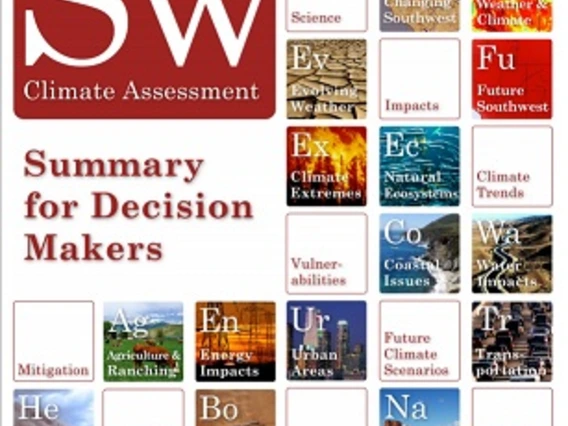
Assessment of Climate Change in the Southwest United States: a Technical Report Prepared for the U.S. National Climate Assessment
Keywords: climate change, southwest, climate variability, warming, drought, streamflow, projection, future, temperature, precipitation, emission scenario…